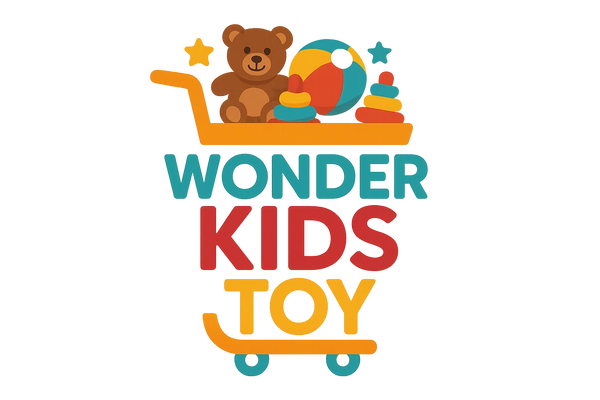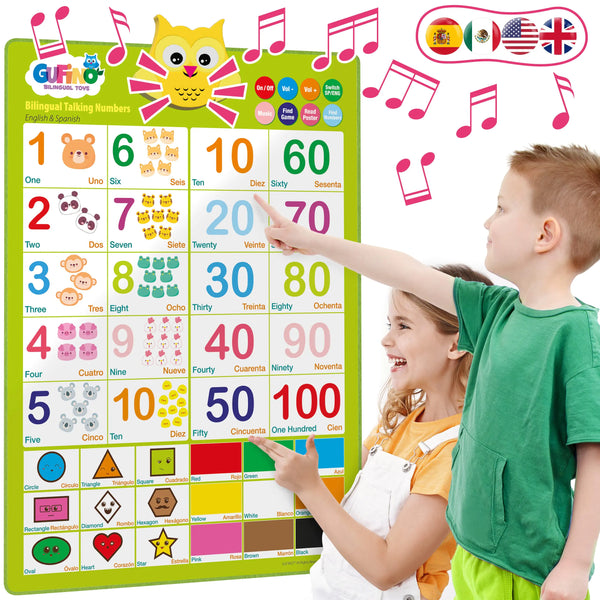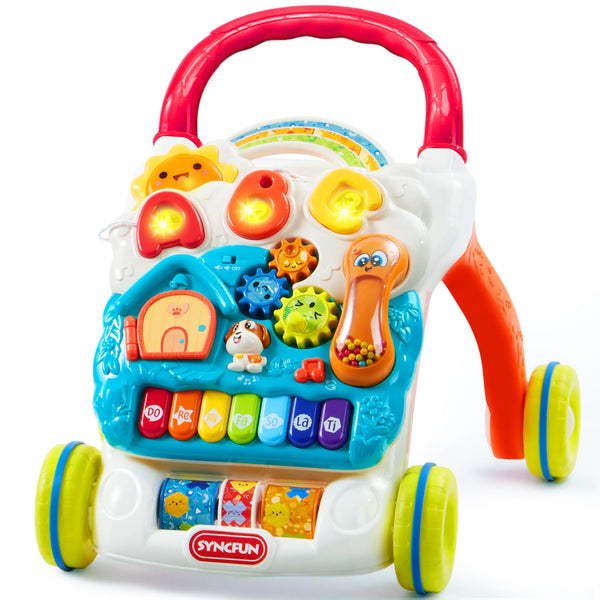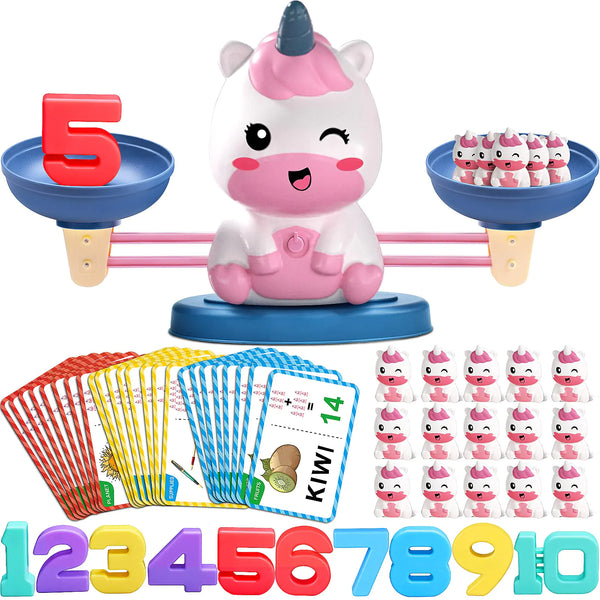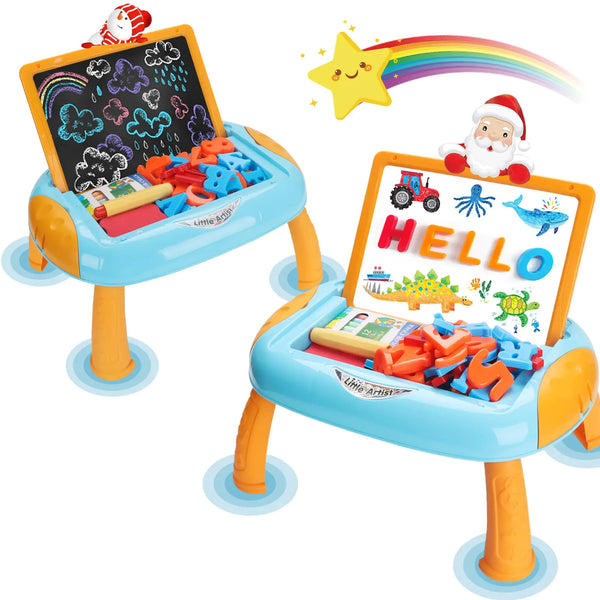STEM toys have revolutionized how children learn, transforming playtime into valuable educational experiences. These innovative toys focus on Science, Technology, Engineering, and Mathematics—core subjects that form the foundation of critical thinking and problem-solving skills. With the global STEM toys market projected to reach $9.5 billion by 2025, parents and educators are increasingly recognizing their value in preparing children for future success.
But what exactly makes a toy qualify as "STEM," and how do you choose the right ones for your child? This comprehensive guide will explore the educational benefits of STEM toys, provide age-appropriate recommendations, and help you make informed decisions about incorporating these powerful learning tools into your child's play routine.

Why STEM Toys Matter: Building Tomorrow's Skills Today
In today's technology-driven world, STEM literacy has become as fundamental as reading and writing. Quality STEM toys do more than entertain—they lay the groundwork for essential skills that children will use throughout their lives. Let's explore the key benefits these educational toys offer:
Critical Thinking Development
STEM toys encourage children to analyze problems, test hypotheses, and draw conclusions. When a child builds a tower that keeps falling, they naturally begin to question why and experiment with different solutions—the very essence of the scientific method.
Creativity and Innovation
Contrary to popular belief, STEM isn't just about rigid formulas. The best STEM toys promote creative thinking by allowing children to design, build, and modify their creations. This open-ended play helps children develop the innovative mindset needed in today's rapidly changing world.
Perseverance and Resilience
When children encounter challenges with STEM toys—like a robot that won't follow commands or a structure that keeps collapsing—they learn to persist through frustration. This builds resilience and teaches that failure is simply part of the learning process.
Hands-on Learning vs. Traditional Education
Research consistently shows that children retain information better when they actively engage with concepts rather than passively receiving information. STEM toys provide this hands-on experience, making abstract concepts tangible and memorable.
| Learning Aspect | Traditional Toys | STEM Toys |
| Problem-solving approach | Often has single solution or purpose | Multiple solutions and approaches encouraged |
| Skill development | May focus on single skill area | Integrates multiple disciplines and skills |
| Engagement level | Can become repetitive | Grows with child's abilities |
| Real-world application | Limited connection to real-world concepts | Directly teaches principles used in modern careers |
| Collaborative potential | Often designed for individual play | Many encourage teamwork and communication |
Ready to explore the world of educational play?
Discover our carefully curated collection of STEM toys designed to make learning an adventure.
Browse STEM Toys CollectionTop STEM Toys by Age Group: Finding the Perfect Match
Children's cognitive abilities and interests evolve rapidly, making age-appropriate selection crucial when choosing STEM toys. Here are our expert recommendations organized by developmental stage:
Ages 3-5: Early Explorers
Preschoolers are natural scientists, constantly questioning how things work. The best STEM toys for this age group introduce basic concepts through play while developing fine motor skills and pattern recognition.

These foundational toys help young children develop the curiosity and confidence needed for future STEM exploration while making learning feel like play.
Shop Preschool STEM ToysAges 6-8: Curious Creators
Elementary-aged children are ready for more complex challenges that allow them to apply basic scientific principles. Toys for this age group often incorporate simple machines, basic circuits, and introductory coding concepts.
At this age, children benefit from toys that balance guided learning with open-ended exploration, allowing them to follow instructions but also experiment with their own ideas.
Explore Elementary STEM Toys
Ages 9-12: Young Innovators
Tweens are ready for more sophisticated STEM challenges that develop advanced problem-solving skills and introduce real-world applications. Toys for this age group often incorporate programming, complex engineering, and multi-step scientific processes.

These more sophisticated toys help prepare tweens for future STEM education by introducing concepts they'll encounter in middle and high school while maintaining the fun, hands-on approach that makes learning engaging.
Discover Advanced STEM ToysHow to Choose the Right STEM Toys: A Parent's Guide
With countless options marketed as "educational" or "STEM," selecting truly valuable toys can be overwhelming. Use this checklist to evaluate potential purchases and find toys that offer genuine learning opportunities:

Beware of "STEM-Washing"
Not everything labeled as a "STEM toy" delivers meaningful educational value. Some manufacturers use STEM terminology primarily as a marketing tactic. Be skeptical of products that make grand educational claims without explaining how they develop specific skills or concepts.
True STEM toys encourage active engagement, problem-solving, and creative thinking—not passive consumption. A blinking, noisy toy that claims to teach "coding" but only requires pressing sequence buttons offers limited educational value compared to a system that allows children to create their own programs and see the results.
Find vetted, high-quality STEM toys
Our collection features carefully selected educational toys that deliver genuine learning experiences while keeping children engaged and excited.
Shop Curated STEM CollectionParent and Educator FAQ: Your STEM Toy Questions Answered
Are STEM toys really worth the investment?
Research consistently shows that quality STEM toys provide significant educational benefits that extend far beyond playtime. A 2020 study published in the Journal of Educational Psychology found that children who regularly engaged with STEM toys demonstrated stronger problem-solving skills and greater persistence when facing challenges compared to peers who didn't.
While some STEM toys come with higher price tags than traditional toys, they typically offer greater longevity through expandability, multiple play modes, and the ability to grow with your child's developing skills. When evaluating cost, consider the educational value, durability, and how long the toy will remain engaging.
How do I address safety concerns with STEM toys?
Safety should always be the primary consideration when selecting toys. For STEM toys specifically:
- Always follow age recommendations, which are based on both developmental appropriateness and safety considerations.
- For chemistry sets and science kits, choose those designed specifically for your child's age group and always provide appropriate supervision.
- With electronic components, look for toys that use low voltage and have child-safe designs.
- For building sets with small parts, introduce them only when your child has outgrown the mouthing stage (typically after age 3).
- Check for quality certifications like ASTM F963 (toy safety standard) and ensure products are free from harmful chemicals.
What are some budget-friendly STEM options?
Quality STEM learning doesn't have to break the bank. Consider these affordable approaches:
- Start with fundamentals - Basic building blocks, pattern tiles, and sorting sets offer tremendous educational value at lower price points.
- DIY STEM activities - Many engaging STEM activities can be created using household materials. Simple experiments with water, baking soda and vinegar, or homemade slime teach scientific principles without specialized equipment.
- Subscription boxes - Monthly STEM subscription services often provide better value than one-off purchases and deliver fresh activities regularly.
- Library resources - Many libraries now loan STEM kits and coding tools alongside books.
- Quality over quantity - Investing in one versatile, expandable system often provides better educational value than multiple limited-use toys.
How do I support my child's STEM learning beyond the toys?
STEM toys are most effective when integrated into a broader learning environment:
- Ask open-ended questions - Instead of "Did you like building that?" try "What was challenging about that design?" or "How might you change it next time?"
- Connect to real-world examples - Point out STEM concepts in everyday life, from the physics of playground equipment to the chemistry of cooking.
- Embrace the scientific method - Encourage children to make predictions, test ideas, and analyze results, even when things don't work as expected.
- Model curiosity - Show interest in how things work and demonstrate that not knowing answers immediately is part of the learning process.
- Celebrate the process - Focus praise on effort, strategy, and persistence rather than just successful outcomes.

Investing in Future Success Through Play
STEM toys represent more than just a modern approach to playtime—they're powerful tools for developing the skills children need to thrive in an increasingly complex world. By choosing high-quality educational toys that balance fun with learning, parents and educators can nurture children's natural curiosity while building the foundation for future academic and career success.
Remember that the most valuable aspect of any STEM toy is the engagement it creates. When children are genuinely excited about exploring, building, and experimenting, learning happens naturally. The right STEM toys can spark a lifelong passion for discovery that extends far beyond childhood.
Begin your child's STEM journey today
Explore our complete collection of educational toys designed to make learning an adventure.
Explore STEM Toys →
